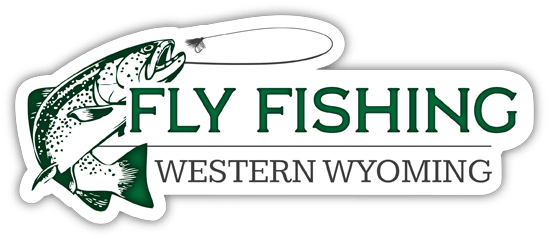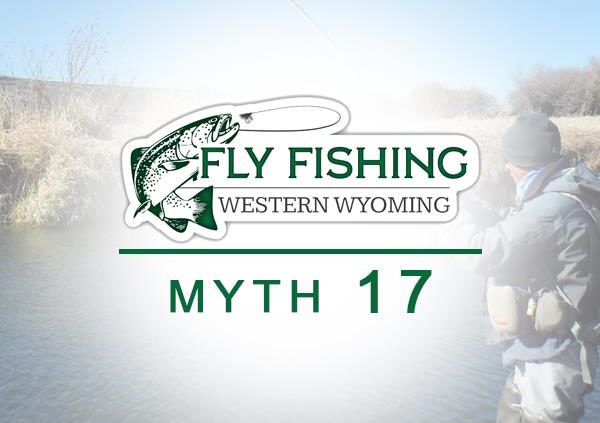Wader
Wader
I hear people all the time who believe you need a $600 pair of Gortex waders. I hope this will clear up some of that perception and give you some ideas about how to pick your next set of waders. Like all of my posts, the conclusions here reflect my opinions and are meant to be “food for thought” – not a definitive wader guide!
MATERIALS
- Gortex and similar materials: There is a good article in ‘Fly Fisherman Magazine’ (2-5-2014), that you might find interesting. Waders made from these materials vary greatly depending on materials used and construction. All are constructed using layers of other material onto which the Goretex, or similar product, is then laminated. There can be as few as 2 layers to as many as 5 layers. The more layers, the heavier, stiffer, warmer, less breathable, and more puncture resistant they generally are. And the more expensive! How the seams and laminate are constructed determines the dependability and shelf life of the product. Expect to pay about $200 for a quality pair of 2-ply waders with no bells and whistles. (Discussed later on.) A pair of quality 4 or 5 ply waders with all the bells and whistles can set you back nearly $1000.00. Outlets like Cabella’s, Bass Pro Shops, and LL Bean carry good products, manufactured by the name brands, for more reasonable prices. (You aren’t paying for the Orvis label, however, you may want to check out places like Orvis and Simms for the latest in technology and “extras”.)
If you are fishing mostly in the summer in the U.S., and spend only a week or two on the water, a pair of 2-ply $200.00 waders is more than adequate. If you are fishing in lots of various conditions, like snowstorms and brushy approaches, you might want to consider a higher end wader.
- Nylon, Polyester: Again, numerous materials with varying degrees of quality and utilitarian properties. Cost can run from $50.00 to $200.00 and you usually get what you pay for. Some of these waders are stiffer, noisier, less well fitting, and less breathable.
NOTE: Breathability is often more determined by conditions and use than by materials or designs. I personally believe the “breathability” hype is overrated. I own a pair of these waders purchased at Bass Pro Shop, and I love them! I spent $89.00!! If you are fishing a few days a year, check them out!
- Neoprene: By far the warmest wader you can purchase. Neoprene waders come from 2mm to 5 mm thick, and you will, of course, spend more on a 5mm pair than a 2mm pair. Again, Depending on the seam construction, these wades tend to be more puncture resistant, heavier, better fitting, warmer, and more comfortable than other types. If you are fishing in super cold water or super cold air temps, these are a good choice! If not, stick to the other types and simply “layer up” on the rare occasions it is truly cold.
STYLE
- Chest High: I seldom wear chest high waders because my rivers are fairly shallow and/or very dangerous. I simply don’t wade more than crotch-deep. I do have a chest high pair for colder conditions and for the times I’ll be wading deeper. If you fish in waters like I do, and fish in summer months only, chest high waders are simply unnecessary. If, however, you occasionally will be needing chest high waders and want to purchase just one pair, then buy the chest high variety.
- Pant High: I spend most of the summer in these waders. They are less bulky, more “bathroom friendly “, less expensive, and are cooler than chest high waders.
- Mid-Thigh: I don’t recommend this type for any of my fishing, it’s just too easy to get wet!
- Built-in Boots vs Stocking Feet: Generally speaking, the built-in boot waders have some advantages, but tend to not fit as well. A more expensive pair tends to leak less because you don’t have all of the seams inherent in building the stocking foot. They are more convenient because you don’t need to lace up your boots. They don’t require gravel guards and they are less expensive than waders and boots purchased separately. Another disadvantage of built-in boot waders is generally the inability to modify the soles without changing waders. When I use stocking foot waders, I use different boots with different soles depending on circumstances.. (Felt, rubber, felt or rubber soles with studs, etc)
Bootie waders come in two types. In the most common type, the bootie is constructed of 2 or 3 mm neoprene. Really lightweight waders have a bootie constructed of either a nylon based or Gortex type material. These two bootie types will require different size boots! Keep this in mind when buying more than one pair of waders with different bootie materials. I am personally using my built-in-boot polyester waders more and more, and they cost me less than $100.00! They have a pretty sticky rubber outsole that is more than adequate for the rivers I fish.
- Bells and Whistles: Men’s vs Women’s: Many manufacturers are now making women’s products which are both better looking for woman and better fitting – which means you get comfort as well as longevity (There aren’t as many extra folds and creases that may cause premature wear.)
- Built-in Gravel Guards: With bootie waders, if you are wading in mud or gravel, or walking through brush, gravel guards are a must. They keep unwanted material out of your boots, protect the leg/bootie seams, and keep your shoelaces from hooking. Many low-end waders do not have built-in gravel guards. You can buy separate gravel guards for under $50.00.
- Front Zipper: This feature will cost you $100.00. Nice! But you’ll have to decide how nice!
- Hand Warmers: Handwarmer pockets are a fairly standard feature in most high-end waders. If you are fishing in cold weather, they can be nice.
- Storage Pocket: A nice option, but a vest, shirt pocket, or fanny/backpack can do the same thing.
- Reinforced knees, Butt, etc: Almost all high-end waders have these features, but again, if you are only fishing a few days a year, they really won’t matter much.
The bottom line is that I have a pair of Simms lightweight non-neoprene bootie Gortex pant waders that have no extras, cost $180.00, and I have used them for over 75 days without a problem. I also have a pair of Redington chest high waders (the same seam and laminate technology as Orvis) that have all the extras except the zipper, cost $400.00, and are great when wading deep or in the snow. My third pair of waders are chest high booted nylon waders with no extras, that are very warm, very comfortable, very convenient to get in and out of in sub-freezing temps and cost me less than $100.00. I’m wearing them more and more!
You’ll need to decide what is best for you. If you are going to buy just one pair, and you fish often, I would get a good chest high wader constructed of 3 or 4 ply Gortex-type material with 3mm neoprene booties and built-in gravel guards. A good pair can run you $300.00 – $500.00 but will serve you quite well in almost all conditions. For lots of fishing in a specific and very narrow range of conditions, other styles /materials may be better. (I’m thinking of getting a pair of built-in boot neoprene waders for winter fishing.) If you fish a few days a year and you don’t do much hiking, I’d get a less expensive booted wader constructed of some type of nylon material. These will run you anywhere from $100 – $200.
Always hang your waders up with an easy escape for air. With stocking foot waders, I turn them inside out. Nothing is more disgusting than fishing next to someone who has constant stink emitting from their waders! Plus, they’ll last longer. Always dry your boots if possible. The sooner and quicker you dry your waders and boots, the longer they’ll last! We’ll discuss boots next month. Lots of choices and hype out there! We’ll also explore how waders and boots can be used as safely as possible.




Leave a Reply
Want to join the discussion?Feel free to contribute!